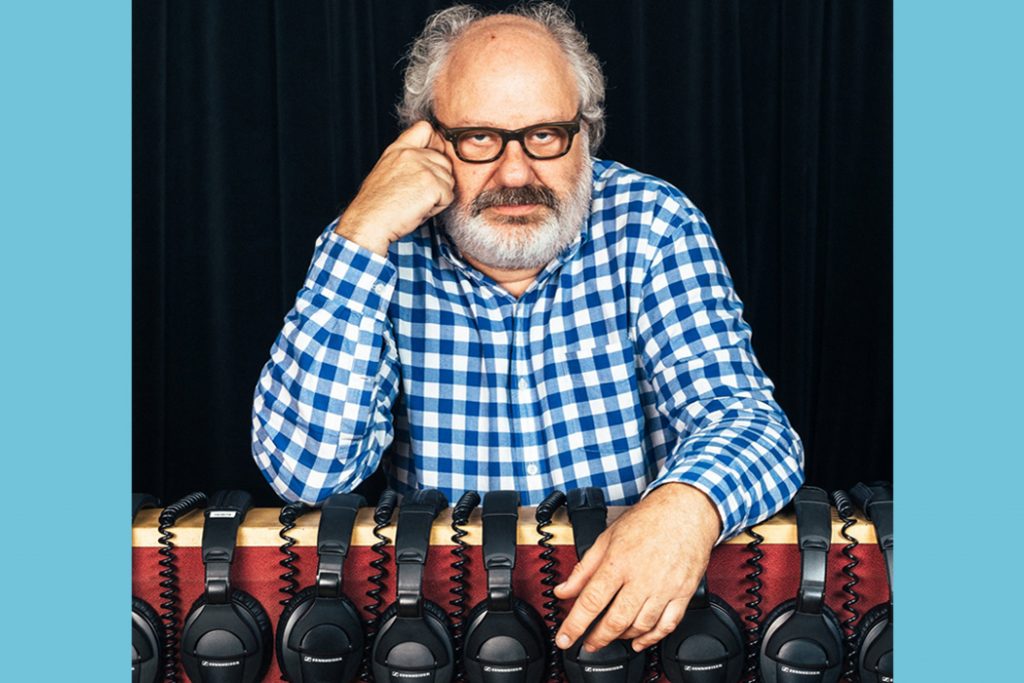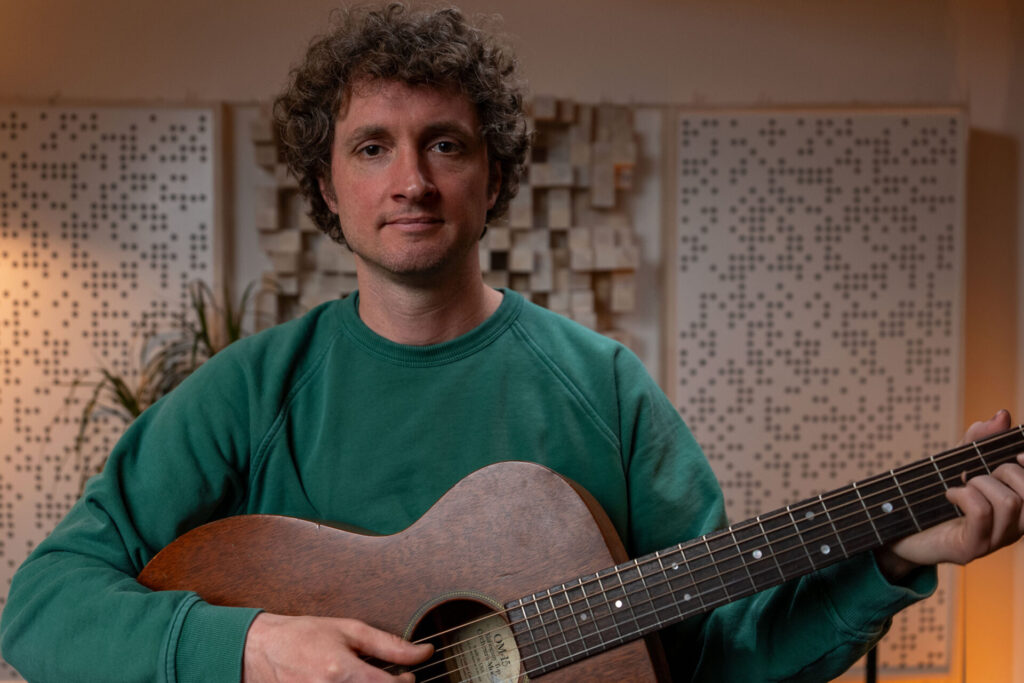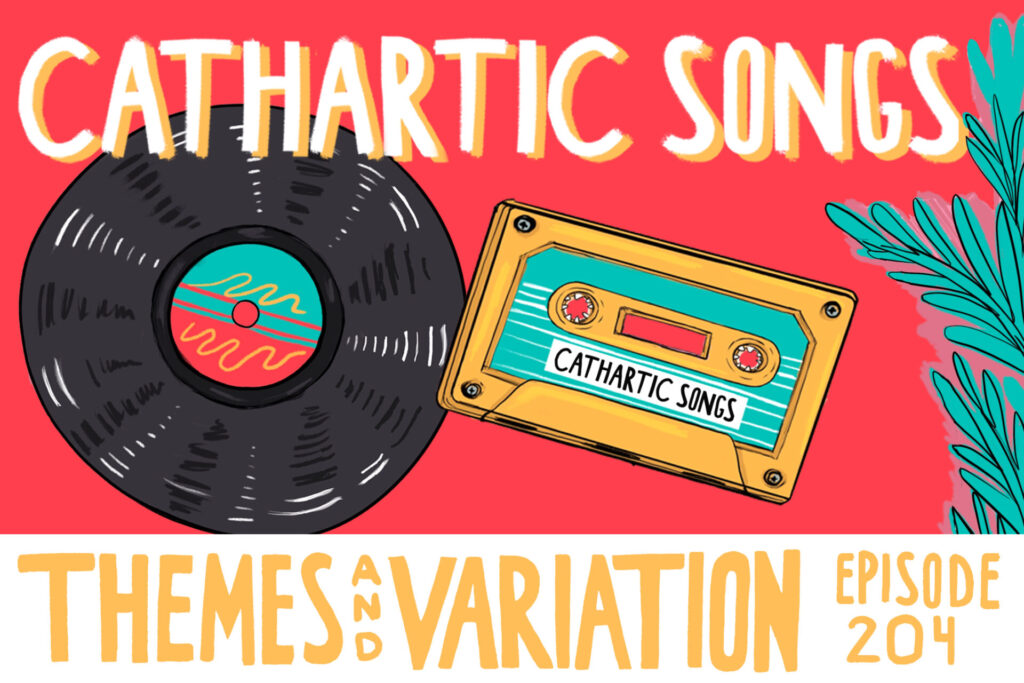
+ Welcome to Soundfly! We help curious musicians meet their goals with creative online courses. Whatever you want to learn, whenever you need to learn it. Subscribe now to start learning on the ’Fly.
By Ian Bjornstad
It’s entirely possible that a fairly well-informed person with a healthy interest in any given kind, class, or epoch of music might go their whole life without learning of the name Hal Willner. It’s likely that such a person would go along happily forever and suffer not a bit of loss.
If or when, on the other hand, one does come across the name Hal Willner, it is nearly impossible to find it separated by more than just a few degrees (usually one) from almost every one of their musical heroes or anti-heroes of the past 50 years. Willner died in April 2020 from complications due to COVID-19 sadly, but at the time of writing he was alive and being honored by the art space Roulette in New York City.
When Willner is involved, the lines between the pseudo-mainstream and the full-blown avant-garde become so blurred, with one’s heroes ending up in contexts so unfamiliar and so unrecognizable, you’re not even sure if you walked into the right room anymore. Worlds will collide: The Sun Ra Arkestra playing Pink Elephants on Parade, that suspiciously psychedelic musical interlude in Disney’s Dumbo, or Henry Rollins and Chuck D. of Public Enemy reading passages from Charles Mingus’ autobiography over the latter’s music played on instruments made by the hands of Harry Partch.
From the same compilation, produced by Willner, as Sun Ra’s Disney interpretation, you’ll find the likes of Ringo Starr and Herb Alpert covering “When You Wish Upon a Star,” The Replacements covering “Cruella De Ville,” and Michael Stipe, Natalie Merchant and Mark Bingham and the Roches covering “Little April Shower,” among some other odd surprises.
You’ve now entered the world of Hal Willner: a music producer and artist behind the curtain whose true medium is curation, and who wasn’t afraid to follow the rabbit hole of musical possibilities way, way down. Not so much a tastemaker as an expert navigator of the vast catalogue of music that he loved most dearly, Willner made a career out of bringing musicians, whose only relation is to him, together to help him celebrate music.
We’re talking about Willner because he was the Honorary Guest at Roulette’s 40th Anniversary Gala on Thursday, October 25.
Willner grew up in Philadelphia in the 1960s and ’70s — a time when radio and television were in the service of, if not a more intellectual America, at least a media industry not afraid of challenging its consumers with innovative, sometimes fringe or even surreal creative forms. He was weaned on a diet of the weird: Soupy Sales, Captain Beefheart, The Ed Sullivan Show, The Bonzo Dog Doo-Dah Band, Orson Welles, Federico Fellini, and Ornette Coleman, all brought to him ad hoc over the airwaves and through the screen.
Rather than digest them as separate entities, for Willner, these were points of interest in a continuous, cohesive aesthetic landscape.
In 1974, at the age of 18, he decided to move to what was then a grittier, wilder New York, and Willner felt right at home. After earning an appropriately all-encompassing degree at NYU entitled “University Without Walls,” in which he studied everything he could possibly need for his future endeavors — from business to music performance to philosophy to short story writing — he worked as a cab driver and took odd music industry jobs.
And then, in 1981, he pulled off the release of what would be a definitive first project: Amarcord Nino Rota, a tribute to the composer who scored many of Federico Fellini’s films.
This first tribute was a bold, audacious undertaking, and surely a good window into Willner’s methods. The project began with a personal visit with Fellini himself in Rome to ask for rights to the songs. Apparently they got along quite well, Fellini wined and dined Willner with some Italian actresses, and then drove him around and dropped him off “in the middle of nowhere…” leaving him “to his destiny,” or so the story goes.
The lineup of the tribute compilation struck listeners in 1981 as just as courageous as it does now (believe me), featuring contributions from: Debbie Harry, Bill Frisell, Jaki Byard, Henry Threadgill, Carla Bley, Steve Lacy, and fresh-to-New-York-City Wynton and Branford Marsalis, to name a few. Willner was only 24.
Shortly after recording Amarcord Nino Rota, Willner was hired as music supervisor for NBC’s sketch comedy show, Saturday Night Live, a role that he continued to play almost up until the end of his life. It was at this point that one could really begin to see the symbiosis of overlapping New York worlds: “uptown” and “downtown.”
Take Willner’s short-lived but impactful late night TV show, Sunday Night (a.k.a., Michelob Presents Night Music), possibly the most eclectic, consistently televised musical coming-together in history. Hosted by saxophonist David Sanborn and Jools Holland of the British new wave band Squeeze, it was on this platform that Willner managed to bring Lou Reed and John Cale back together for long enough to sing a few love/hate songs about Andy Warhol. He had Conway Twitty share the bill (and stage) with The Residents, and Kronos Quartet, among tons of other wacky pairings. And he notably provided a hall pass to Sanborn to insert chill ’80s-esque saxophone solos into the music of almost every artist who took the stage, regardless of the impropriety.
Willner’s ouevre of influence in New York was growing.
In 1984, he released his next project, That’s the Way I Feel Now: A Tribute to Thelonious Monk. An even more disorientingly eclectic lineup was in order, featuring a then largely unknown John Zorn, Shockabilly (fronted by Eugene Chadbourne), Peter Frampton, Todd Rundgren, Joe Jackson, Bobby McFerrin, and even Donald Fagen of Steely Dan.
The album was an almost too thoroughly deconstructed extrapolation of the late jazz great’s catalog (Zorn played a bunch of duck calls). To be fair, Willner was responding to an urgent need as he saw it — nobody else paying homage to Thelonious Monk at the time seemed to be playing up Monk’s sense of humor, so Willner naturally attempted to blend that with overly synthesized production and ridiculous rock ‘n’ roll energy.
As a result, the album has staying power not only in its inventiveness but also in that it’s “a Willner” — as if he’d been able to turn these compilations into works of art in their own right.
But around this time something strange started happening. Even though none of Willner’s solo projects to date could be objectively considered financial successes, the trend in all-star cast tribute albums was starting to catch on. As he recalled in an interview aired on Radio Free Brooklyn:
“The tribute album thing was out of control. I figured it was time to move on. I mean I was competing for artists for tribute artists, which was weird.”
Nevertheless, Willner did continue doing significant curatorial compilation work over the years, producing multi-artist tributes, Lost in the Stars: The Music of Kurt Weill in ’85, Stay Awake: Various Interpretations of Music from Vintage Disney Films in ’86 (perhaps his most heartfelt and esoteric work), and Weird Nightmare: Meditations on Mingus in ’92.
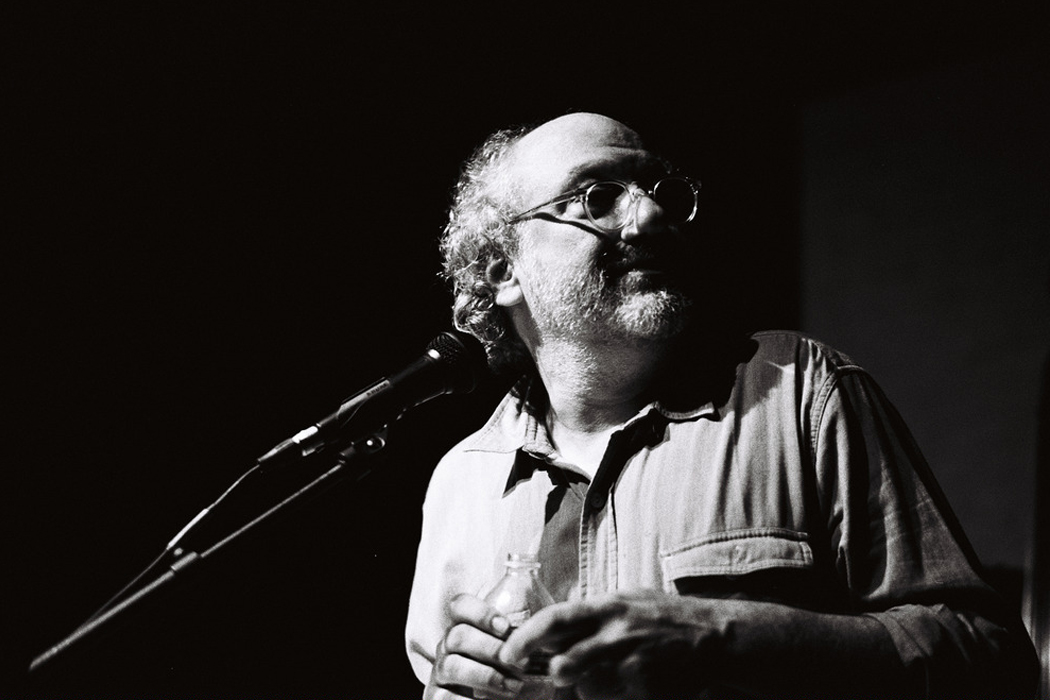 Photo by Flickr user valstadsve.
Photo by Flickr user valstadsve.
It was on this last one that he really upped his own ante! Performers like Keith Richards, Elvis Costello, Henry Rollins, Leonard Cohen, Diamanda Galas, Ray Davies, and yes, Chuck D. were paired up with the rotating cast of (at this point) downtown weirdos, like Bill Frisell, Marc Ribot, Henry Threadgill, Vernon Reid, and Don Byron, to play the hits of the turbulent genius on strange instruments designed and built by Harry Partch.
Although this was his last fully-produced multi-artist tribute, Willner never stopped journeying down the rabbit hole. He produced Marianne Faithful’s dark, confessional album Strange Weather, beat poet William Burroughs’ Dead City Radio, and Lou Reed’s Ecstasy, to name a paltry few. And he was responsible for some of New York City’s greatest musical events over the years, as well.
In his 45 year career, Hal Willner prove his ability to imagine and actually realize connections most wouldn’t even dream of. He found a comfortable niche spanning the New York jazz and downtown experimental music scenes, the midtown late night TV scene, and more broadly the universe of influences that had shaped him since childhood.
He can also be heard on just a few of the albums he’s produced, as well. Although he does do readings and gets on stage every now and then, he is not, and never wanted to be a performing musician. Instead, he took pride in being a curator, and a masterful one at that. Willner was not unlike the art critic in a world where art has become its own criticism and criticism its own art, except his message was simple: Just listen.
By taking the music he loved, deconstructing it, pulling it out of its context to be performed by artists who are being pulled out of their own contexts, Willner forced his listener to abandon all preconceptions and stereotypes and just listen with fresh ears.
Why wait to improve your musical skills?
Subscribe here to get unlimited access to all of Soundfly’s premium course content, an invitation to join our members-only Slack community forum, and massive discounts on personalized mentor sessions for guided learning. And get started learning what you want with total freedom today.
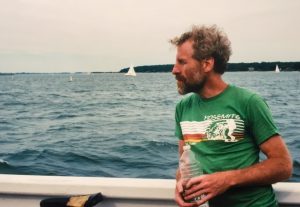 Ian Bjornstad is a music lover and musician who has toured internationally and recorded with artist John Vanderslice, though he has been involved in numerous bands and projects across the country and through the decades, including The Dooms UK, The Botticellis, and mystical Floridian to name a few. After relocating from San Francisco to New York in 2009 he founded and fronted marble fawn, a project with many incarnations and moniker (along with its diminutive augmentative, m. fon) that he continues to use today. When he’s not making music you can find Ian producing events and shows at Brooklyn experimental performance venue Roulette, riding his bike, partaking at taco trucks or perusing in museums.
Ian Bjornstad is a music lover and musician who has toured internationally and recorded with artist John Vanderslice, though he has been involved in numerous bands and projects across the country and through the decades, including The Dooms UK, The Botticellis, and mystical Floridian to name a few. After relocating from San Francisco to New York in 2009 he founded and fronted marble fawn, a project with many incarnations and moniker (along with its diminutive augmentative, m. fon) that he continues to use today. When he’s not making music you can find Ian producing events and shows at Brooklyn experimental performance venue Roulette, riding his bike, partaking at taco trucks or perusing in museums.